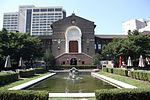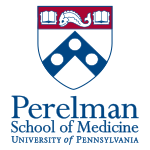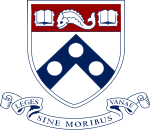Penn Medicine station

Penn Medicine station (formerly University City station) is a train station in the University City section of Philadelphia, Pennsylvania on the SEPTA Regional Rail system. The station serves the area around the University of Pennsylvania, and is located at South Street and Convention Avenue. Located on the West Chester Branch, it serves the Airport, Wilmington/Newark, Media/Wawa, Manayunk/Norristown, Warminster, and West Trenton Regional Rail services. In 2013, this station saw 3,091 boardings and 2,950 alightings on an average weekday.The station is less than a block from the University of Pennsylvania's Franklin Field and the Palestra. It is one block away from the medical campuses of the Hospital of the University of Pennsylvania and the Children's Hospital of Philadelphia. The rest of the University of Pennsylvania campus, Drexel University campus, and the Graduate Hospital campus and the neighborhood across the Schuylkill River are also nearby and easily accessible.
Excerpt from the Wikipedia article Penn Medicine station (License: CC BY-SA 3.0, Authors, Images).Penn Medicine station
Convention Avenue, Philadelphia
Geographical coordinates (GPS) Address Nearby Places Show on map
Geographical coordinates (GPS)
| Latitude | Longitude |
|---|---|
| N 39.94784 ° | E -75.19034 ° |
Address
University City Station
Convention Avenue
19104 Philadelphia
Pennsylvania, United States
Open on Google Maps






